In Washington, most wine grapes are trained in a vertical shoot positioning system. Dubbed VSP, the trellis and training method is clean, allows a lot of airflow, provides abundant sunshine and is easy to mechanize.
But it’s not the only choice.
“That’s the one I put in because that’s the one everybody sees, and it’s probably the most common one,” said Don Phelps, owner and grower at Hard Row to Hoe Vineyards in Manson, Washington. “But after a while I started to question and (travel) and started to look at other systems, too.”
Phelps and a panel of grape growers and researchers shared their thoughts on diversifying wine grape trellis systems with attendees at WineVit, the virtual conference of the Washington Winegrowers Association, held in March.
Among others, they discussed pros and cons of sprawl canopies, head trained vines and the lyre, named for the musical instrument the system resembles.
Variety is good, said Sadie Drury, general manager of North Slope Management, a vineyard management company in Walla Walla. Multiple systems help to space out the timing of canopy management tasks.
“I think of, personally, having multiple sprawl and/or trellising systems as diversifying your farm,” Drury said.
Several factors go into choosing a trellis system, said Bhaskar Bondada, a viticultural professor at Washington State University. Simplicity, cost benefits, vine growth habits due to the environment and mechanization goals are just a few considerations.
“There are infinite ways to train the vines,” Bondada said.
Here’s a look at the pros and cons of the grapevine trellis systems detailed by the panelists at WineVit. Photos are provided by the presenters.
Vertical shoot positioning

Panelist: Don Phelps, owner of Hard Row to Hoe Vineyards in Manson.
Description: Shoots are trained upward in a vertical position with two or more catch wires, leaving the grape clusters exposed below. The cordon is usually about 2 1/2 feet to 3 feet off the ground.
“Overall, I think it’s got more pros than cons,” Phelps said.
Pros:
—Grape clusters are exposed to sunlight, airflow and sprays.
—Easy to mechanize harvest, leaf removal and prepruning.
—Ample space under the vines makes weeding and other tasks simple.
—Provides good support for varietals that are subject to wind damage.
Cons:
—Labor intensive.
—Apically dominant varieties can get too much growth, requiring multiple hedging passes.
—Mechanical hedging encourages lateral shoots and secondary fruit clusters on some varieties, such as Syrah.
—Not all varieties want to grow vertically.
—Clusters have more exposure and potential for sunburn and bird damage.
Full sprawl
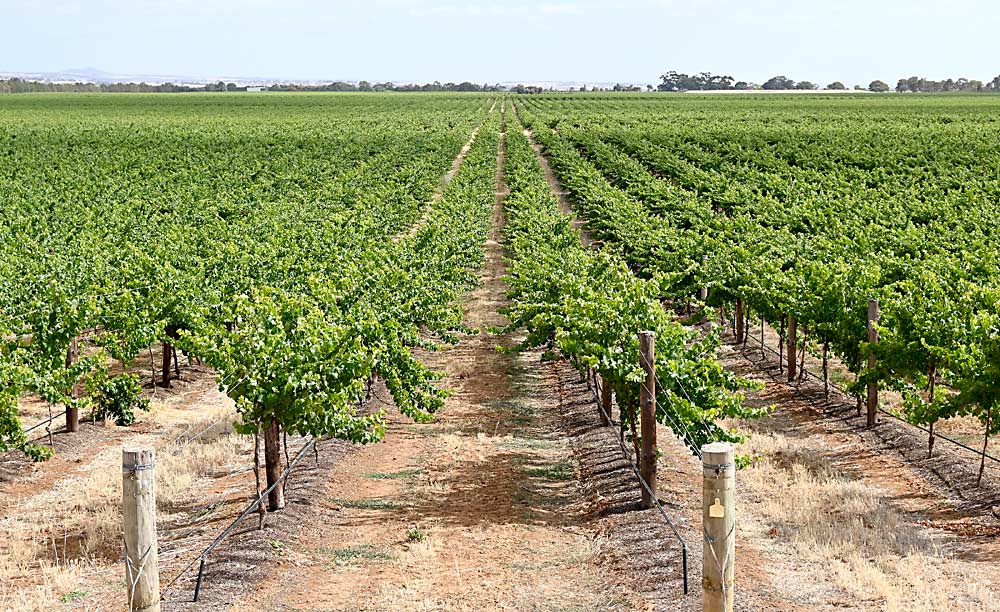
Presenter: Sadie Drury, general manager of North Slope Management in Walla Walla.
Description: A traditionally spur-trained system with the shoots given latitude to spread out with no wire adjustments.
Pros:
—Cheap and easy to manage.
—Requires little hand labor during the season, with good pruning and irrigation management.
—Minimal cluster bunching.
—Dappled sunlight and airflow, if you don’t leave too many shoots.
—Lends itself to mechanical harvest.
Cons:
—Looks messy when winemakers visit.
—Difficult to hand pick because of the wide canopy.
—Can be hard to drive a tractor down the row.
—May require extra pruning decisions the following year.
Semi sprawl
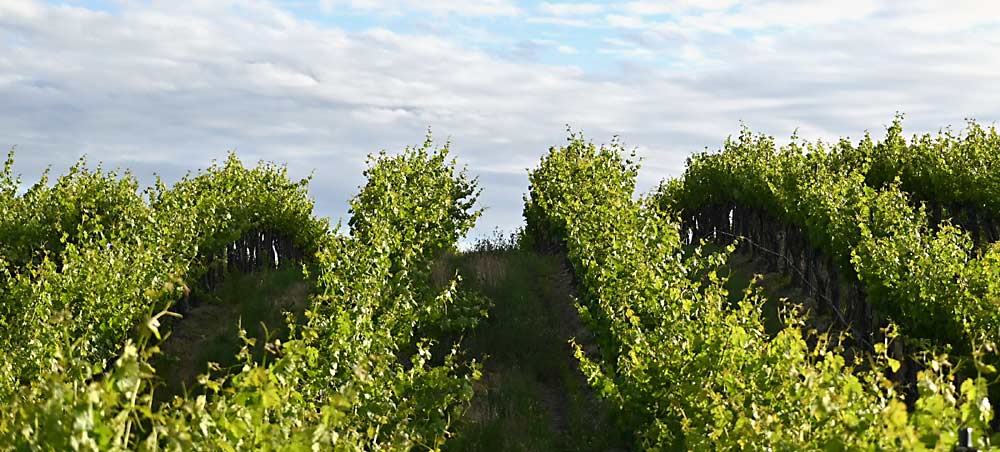
Presenter: Sadie Drury, general manager of North Slope Management in Walla Walla.
Description: A traditionally spur-trained system with wires limiting sprawl of shoots but looser than vertical shoot positioning.
Pros:
—Easier for workers and tractors than full sprawl.
—Little cluster bunching, if any.
—Good airflow.
—Dappled sunlight with little, if any, sunburn.
—Looks clean.
Cons:
—Can be expensive to add wires or alter trellis in other ways.
—Difficult to mechanically remove leaves.
—Little to no cost savings.
Half sprawl
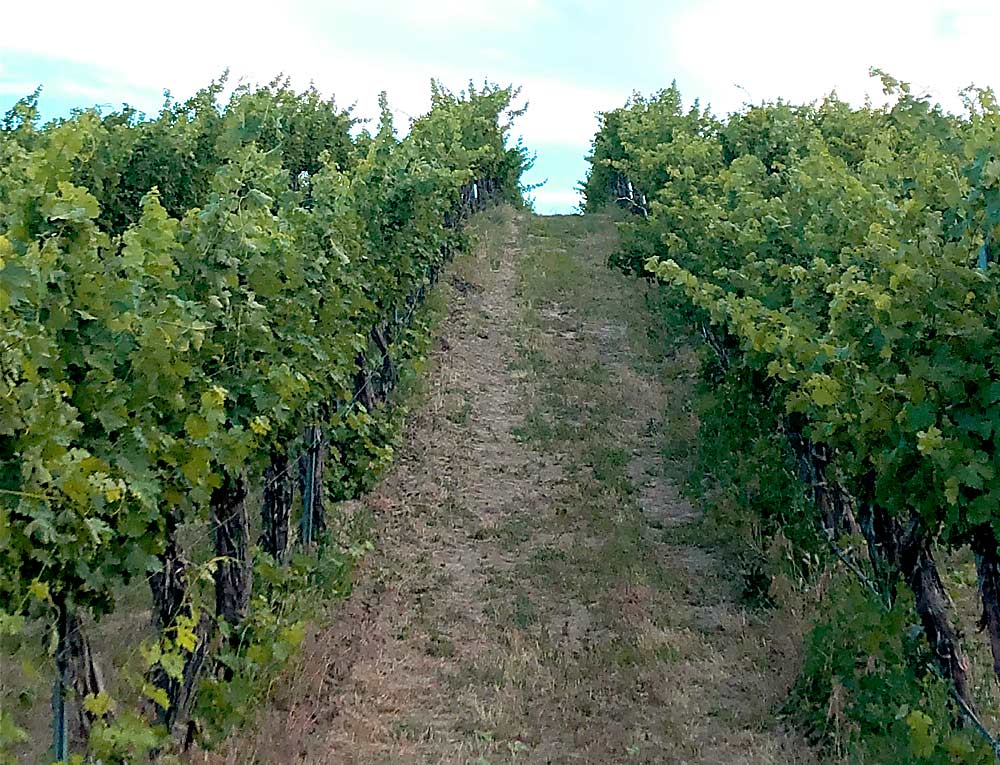
Presenter: Sadie Drury, general manager of North Slope Management in Walla Walla.
Description: Shoots facing morning sun are trained up with wires for sun exposure while the afternoon side of canopy is “left to flop” for shade.
Pros:
—Morning side lends itself to mechanical leaf removal.
—Allows sun exposure in the morning and provides sunburn protection in the afternoon.
—Easy for crews and tractors to move within rows.
—Looks cleaner than full sprawl.
—Saves money because you only move wires and mechanically remove leaves on one side.
Cons:
—Cluster bunching on morning side. Requires cluster thinning on a green pass.
—Possible sunburn if morning sun is too intense.
—Potential uneven ripening.
Head trained system
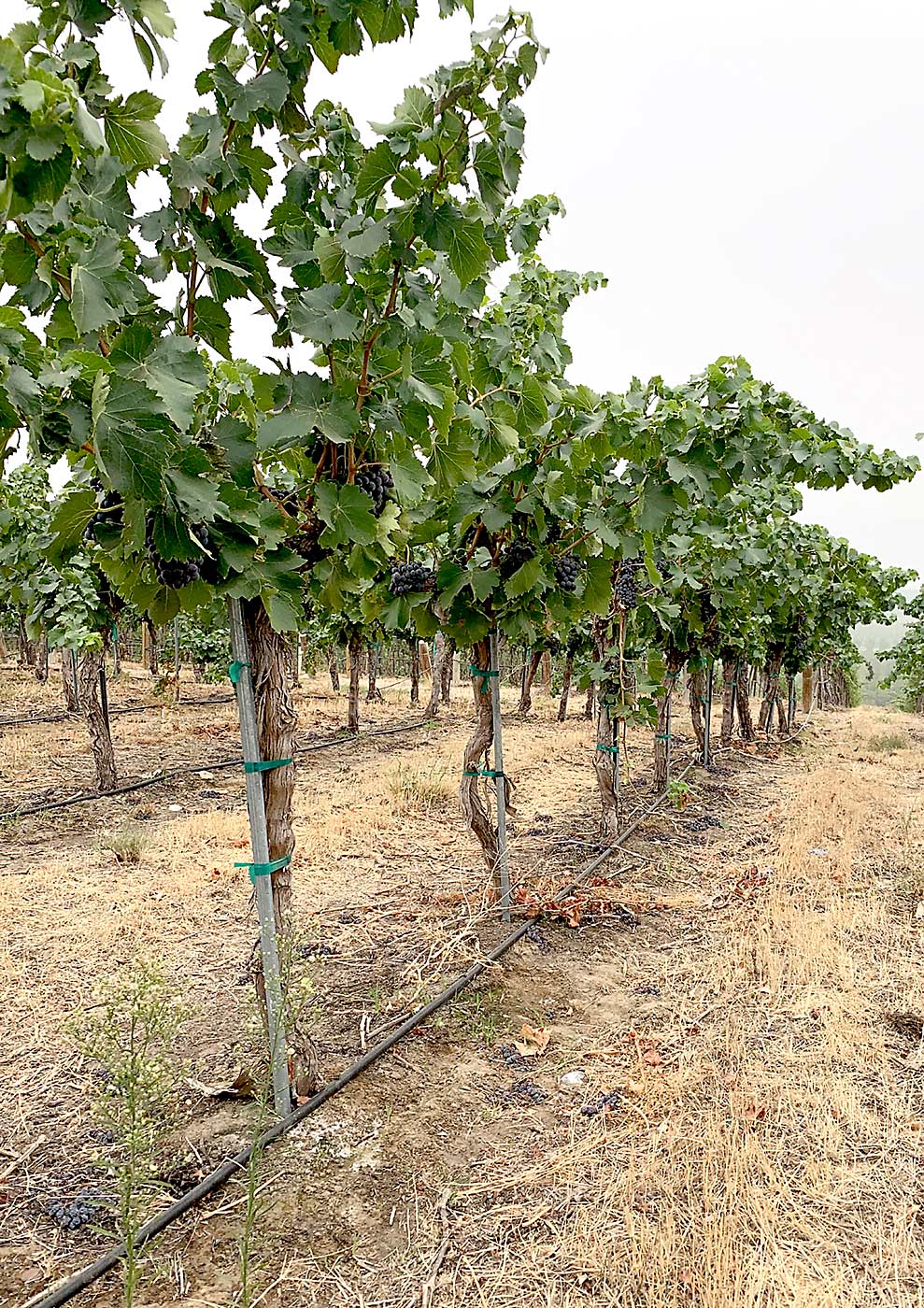
Presenter: Dick Boushey, partner and manager of Boushey Vineyards in Grandview.
Description: Treats each vine as an individual bush, with arms positioned horizontally around the head 6 inches to 30 inches off the ground. No trellises are needed, though some systems use one stake per vine. Dating back to the Egyptians and Romans, it’s the oldest training system in the world.
“It’s kind of a traditional and romantic idea,” Boushey said.
Pros:
—Uniform fruit development.
—Inexpensive to install with no posts and wires, though Boushey uses stakes on high heads near 30 inches tall, which he uses to reduce cold damage, improve worker ergonomics and provide better air movement.
—Lower irrigation and fertilizer costs.
—Dappled sunlight.
—Good for warm, dry climates.
—Not prone to disease.
Cons:
—Limited yields due to less bearing surface.
—Ill-suited for mechanization.
—Relatively slow return on investment.
—Fruiting zones close to the ground are more susceptible to frost, animal and disease damage.
—Poor ergonomics. All tasks require stooping.
—Strong winds can blow the canopy over and expose fruit to sun.
Modified Geneva double curtain
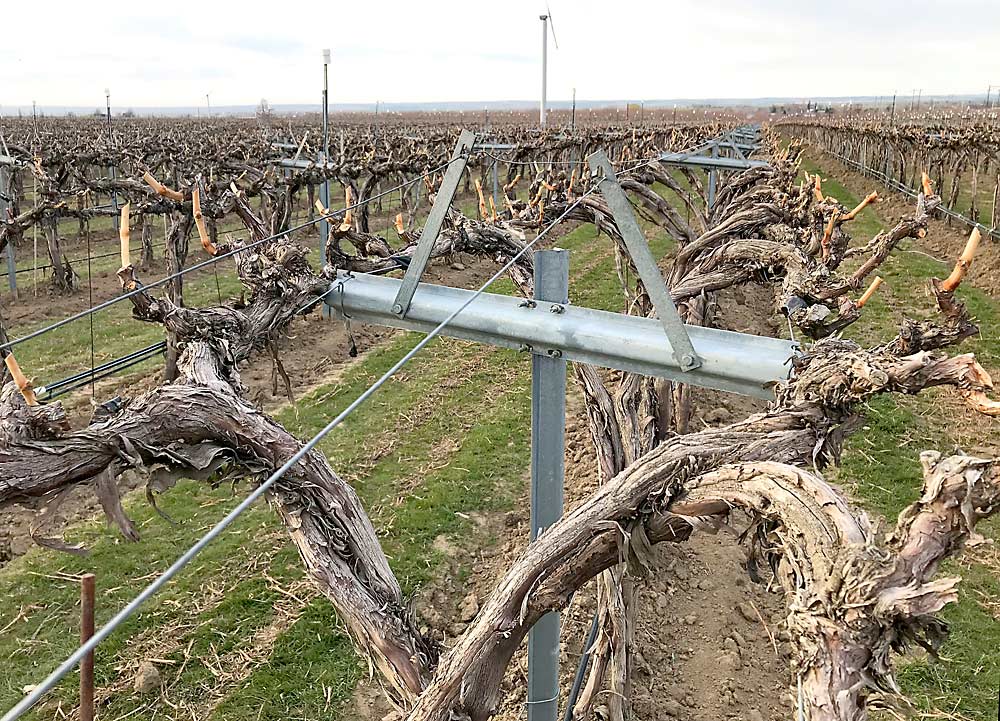
Presenter: Casey McClellan, winemaker and founder of Seven Hills Winery in Walla Walla.
Description: Two cordons trained to wires spaced with crossbars about 18 inches apart, where shoots are encouraged to drape outward and moveable catch wires hold the canopy curtains. McClellan has modified this for cold winters with shorter and denser training. He recommends at least a 10-foot row spacing.
“My bottom-line take on this is it’s been a very productive, rewarding system to use,” McClellan said.
Pros:
—Efficient light interception.
—Efficient use of trellis materials, getting two canopies from one trellis.
—High yields.
—Produces small clusters with good color, structure and flavor.
Cons:
—Not ideal with limited water availability or limiting soils.
—Labor efficient, but crews may be unfamiliar with the system.
—Challenging to mechanize.
—More expensive than VSP because of crossbars.
Fan trellis
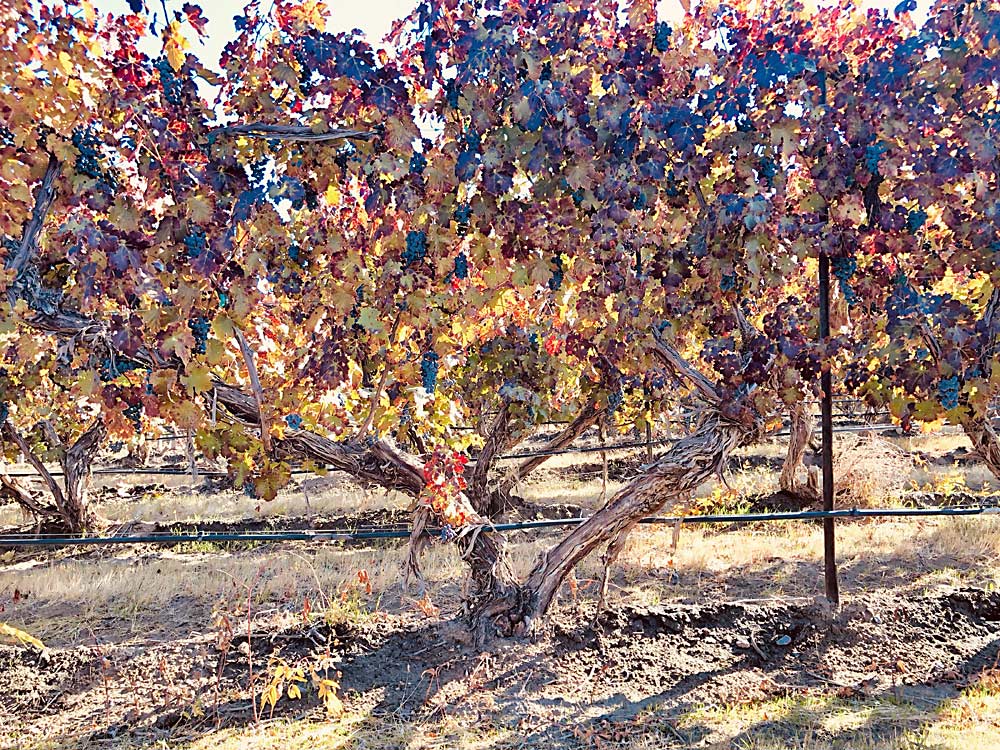
Presenter: Scott Williams, owner and vineyard manager of Kiona Vineyards in Benton City.
Description: Three to five canes fanned out from a head near the ground. It’s not very common in Washington, though vineyard pioneer Walter Clore recommended it to Kiona Vineyards decades ago to prevent cold damage. The company has stuck with it.
“It seems to grow pretty darn good grapes,” Williams said.
Pros:
—Small, well-spaced clusters.
—Reduces vine vigor.
—Provides dappled sunlight.
—Requires little canopy management once pruned and tied.
—High-quality fruit.
—Consistent crop.
—Offers multiple renewal options.
Cons:
—Can lead to apical dominance if not pruned carefully.
—Difficult, but not impossible, to mechanically harvest.
—Mechanical harvester can break spurs.
—Box hedging is the only mechanical pruning option.
Lyre
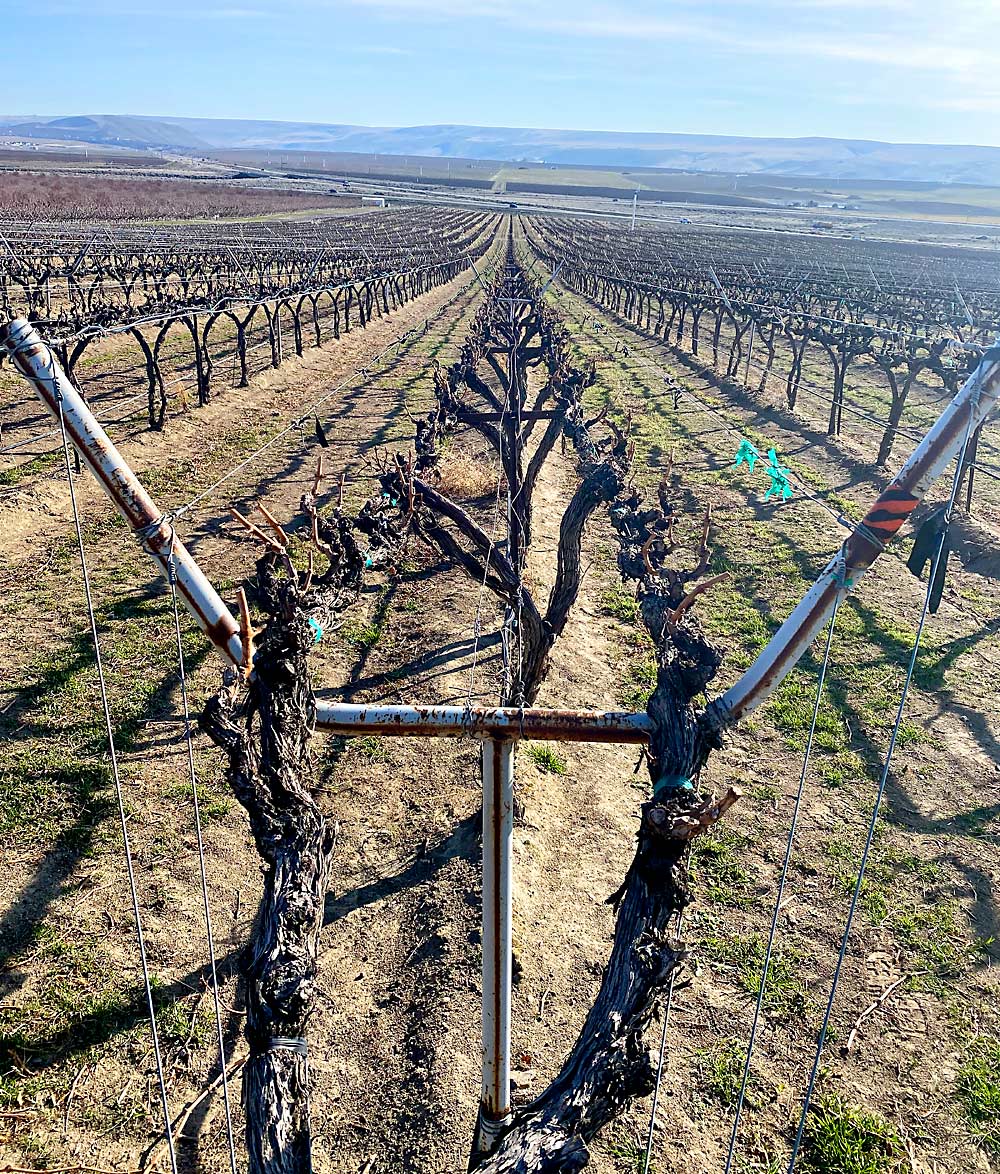
Presenter: Dennis Devitt, statewide viticulturist for Wilbur-Ellis.
Description: Vines split with two horizontal cordons on each side of the row and shoots trained up similar to the vertical shoot positioning system. Few growers use this system in Washington; in California it’s called a split canopy.
Traditionally, cordons are 58 inches apart, though Devitt has experience with different widths. For Washington, he suggests a modified lyre with an open shoot angle and shorter distance between the cordons and the uppermost wires.
“I think (the traditional lyre) is too expensive due to the development and annual operating costs for the added yield that you’re going to get,” Devitt said.
Pros:
—Reduces disease incidence.
—Increases production over a single cordon system due to double spur counts and double cordon length. In Devitt’s experience, it’s an 80 percent bump.
—Good airflow and light penetration.
—The modified lyre is possible to mechanically harvest, but you must know the capacity of the harvester mouth to make sure it fits. The traditional lyre would be much too wide.
Cons:
—High development costs due to more wire and trellis equipment, including heavier stakes and posts.
—Increase in water and fertilizer inputs, but those should be offset by yield increases.
—More expensive canopy management due to more pruning and more wire movements in the traditional lyre. The modified lyre can be managed with fewer wire moves.
—Neither traditional nor modified lyres lend themselves to mechanical de-leafing. However, it’s possible with hand touchup on the modified version to reduce labor costs.
—Cordons and cross arms can disrupt spray coverage.
—by Ross Courtney


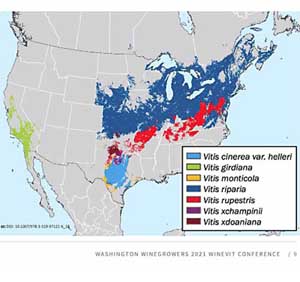
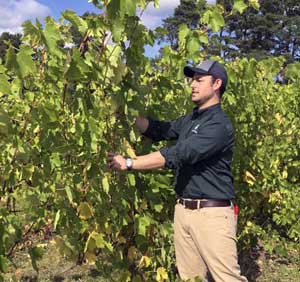
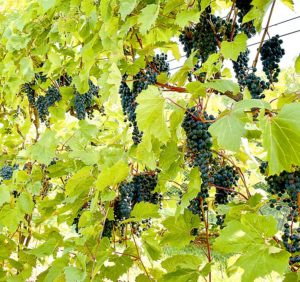





Leave A Comment